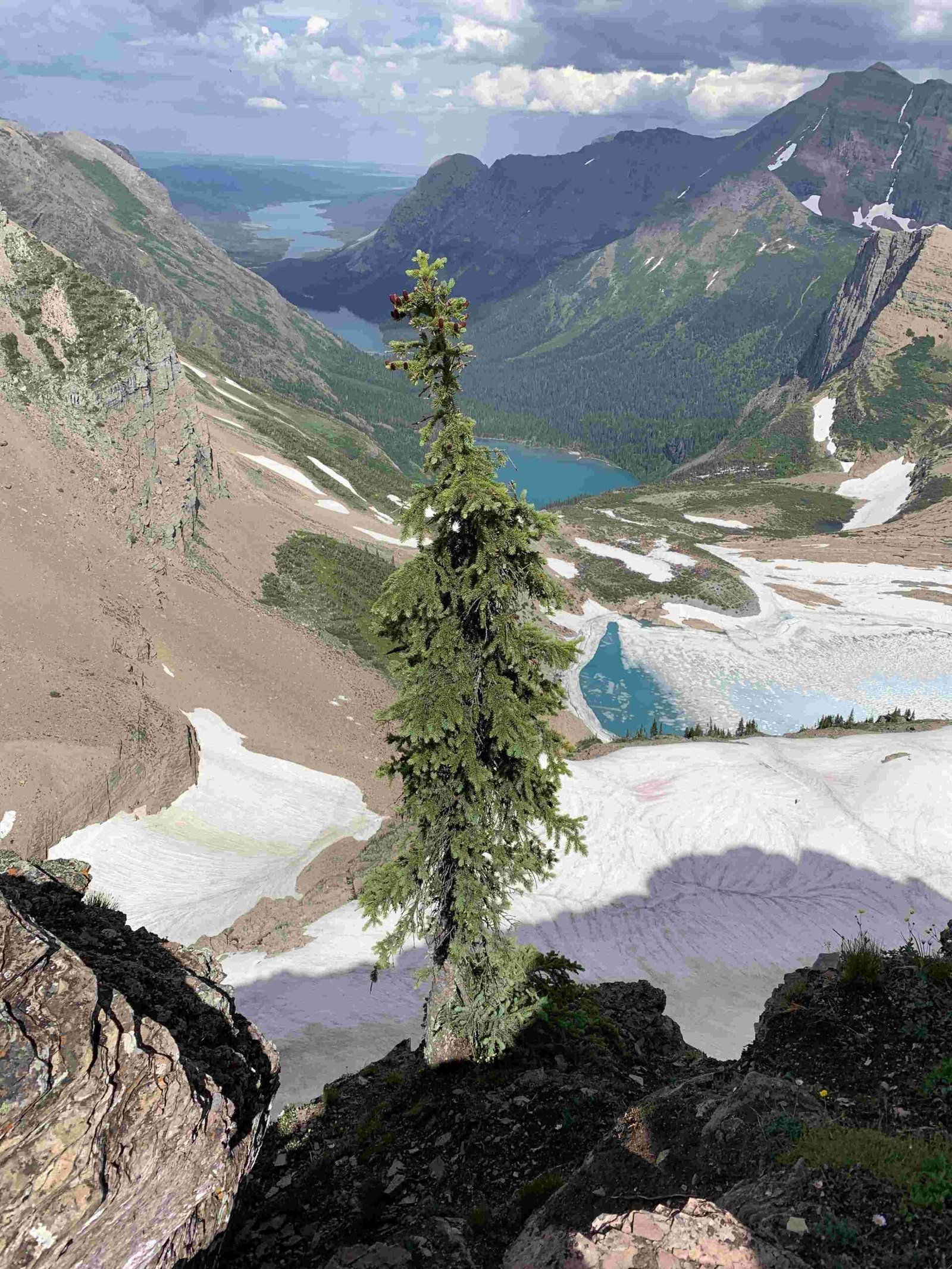Bear bells in Glacier National Park are a controversial topic among hikers and park officials. While some visitors believe these small, jingling devices can help prevent bear encounters, park rangers and wildlife experts generally discourage their use. This article explores the effectiveness of bear bells in Glacier National Park, provides alternative safety measures, and offers insights into bear behavior and habitats within the park.
Are Bear Bells Effective in Glacier National Park?

Bear bells are small, round metal bells typically attached to a hiker’s backpack or clothing. They are designed to make a constant jingling noise as the hiker moves, theoretically alerting bears to human presence and preventing surprise encounters. However, in Glacier National Park, bear bells are not recommended or considered effective for several reasons:
- Limited sound range
- Ineffectiveness in windy conditions or near streams
- Potential to attract curious bears
- Inadequate volume to alert bears from a safe distance
Park officials and wildlife experts suggest that the noise produced by bear bells is often too faint to be heard by bears until hikers are already too close, potentially creating a dangerous situation.
What Are the Recommended Alternatives to Bear Bells in Glacier National Park?

Instead of relying on bear bells, park rangers and wildlife experts recommend the following alternatives for bear safety in Glacier National Park:
-
Make Human Noise: Talking loudly, singing, or periodically shouting “Hey bear!” are more effective ways to alert bears to your presence.
-
Travel in Groups: Hiking in groups of three or more reduces the likelihood of surprising a bear and increases your collective noise level.
-
Carry Bear Spray: Always carry bear spray and know how to use it properly. It’s a highly effective deterrent in case of a close encounter.
-
Stay Alert: Be aware of your surroundings, watch for bear signs, and avoid areas with poor visibility.
-
Avoid Peak Bear Times: Be extra cautious during dawn, dusk, and night when bears are most active.
What Are the Bear Safety Guidelines in Glacier National Park?
Glacier National Park has specific guidelines for bear safety that all visitors should follow:
-
Food Storage: Properly store all food, garbage, and scented items in bear-resistant containers or hang them at least 10 feet high and 4 feet from any vertical support.
-
Maintain Distance: Stay at least 100 yards away from bears and never approach or feed them.
-
Hike Smart: Stick to designated trails, make noise, and hike during daylight hours.
-
Be Prepared: Carry bear spray and know how to use it.
-
Report Sightings: Inform park rangers of any bear sightings or encounters.
Where Are the Most Likely Bear Encounter Areas in Glacier National Park?
While bears can be encountered anywhere in the park, some areas are known for higher bear activity:
- Many Glacier Area: Known for its grizzly bear population
- Iceberg Lake Trail: Popular hiking trail with frequent bear sightings
- Highline Trail: Offers sweeping views and potential for bear encounters
- Two Medicine Area: Home to both black and grizzly bears
- Avalanche Lake Trail: Dense forest area with bear activity
How Should Hikers Respond to a Bear Encounter in Glacier National Park?
If you encounter a bear in Glacier National Park, follow these steps:
- Stay Calm: Do not run or make sudden movements
- Identify Yourself: Speak calmly to the bear so it knows you’re human
- Create Space: Slowly back away while facing the bear
- Use Bear Spray: If the bear approaches, use your bear spray
- Play Dead: If a grizzly attacks, play dead. If it’s a black bear, fight back
What Are the Statistics on Bear Attacks in Glacier National Park?
Bear attacks in Glacier National Park are rare, but they do occur. Here are some key statistics:
- On average, there are only 1-2 non-lethal bear incidents per year
- Since 1967, there have been 10 bear-related fatalities in the park
- The chance of being injured by a bear in Glacier is approximately 1 in 1.9 million
How Can Visitors Learn More About Bear Safety in Glacier National Park?
Visitors can learn more about bear safety through various resources provided by the park:
- Visitor Centers: Attend ranger-led programs on bear safety
- Park Website: Access online resources and safety guidelines
- Trailhead Information: Read bear safety information posted at trailheads
- Bear Safety Brochures: Pick up informational brochures at park entrances
- Ranger Stations: Speak with park rangers for the most up-to-date information
By following these guidelines and staying informed, visitors can enjoy the beauty of Glacier National Park while minimizing the risk of bear encounters. Remember, bear bells are not recommended, and making human noise is a more effective way to alert bears to your presence.